L3Harris Technologies is providing advanced electro-optical, infrared and mission systems to American Rheinmetall’s next-generation combat vehicle programme, according to the company.
The partnership builds on L3Harris’s longstanding role in delivering secure communications, ISR and electronic warfare capabilities to U.S. and allied forces.
Central to the collaboration is the WESCAM MX-GCS B, a third-generation multi-sensor, multi-spectral sighting system that supports surveillance, targeting and reconnaissance missions. Designed for compact integration and low visual profile, the stabilised system serves both the gunner and commander stations, enhancing identification range and improving field readiness while reducing sustainment complexity.
“With one sight system for multiple crew stations, we reduce complexity while delivering superior battlefield awareness,” said Matt Heath, Principal for Business Development at L3Harris and a former U.S. Marine Corps tank operator. “When it comes to stabilization, operators can maintain target lock and image clarity even under harsh vibration and shock.”
The company stated that its processors will also power mission systems and autonomous functions, enabling scalable, AI-driven sensor fusion and secure real-time data sharing. “Our systems are built to meet current needs and to continue evolving as battlefield demands shift,” said Anthony Sarto, Engineering Fellow for Targeting and Sensor Systems at L3Harris. “Adaptability is central to what we deliver.”
All L3Harris technologies used in the vehicle are designed with a Modular Open Systems Approach (MOSA) aligned to the U.S. Army’s Ground Combat Systems Common Infrastructure Architecture. This open architecture supports rapid capability insertion, subsystem upgrades and third-party integration.
“Open architecture gives us the structure to integrate new capabilities as they emerge,” Sarto added. “That means faster fielding of next-gen tech and a combat system that remains responsive to battlefield changes.”
L3Harris has worked with American Rheinmetall since the early design phases to conduct trade studies, systems validation and lifecycle planning. The company operates 14 authorised maintenance and logistics centres worldwide to sustain its systems through diagnostics, training and rapid-response support.
“We think about sustainment from day one,” Heath said. “We deliver products built for the mission, with the support infrastructure to ensure they perform wherever they’re deployed.”
L3Harris added that many of its engineers and programme specialists are military veterans whose experience informs design and sustainment decisions. “We build with purpose,” Heath said. “Every decision reflects our focus on the mission, because we know what’s at stake.”


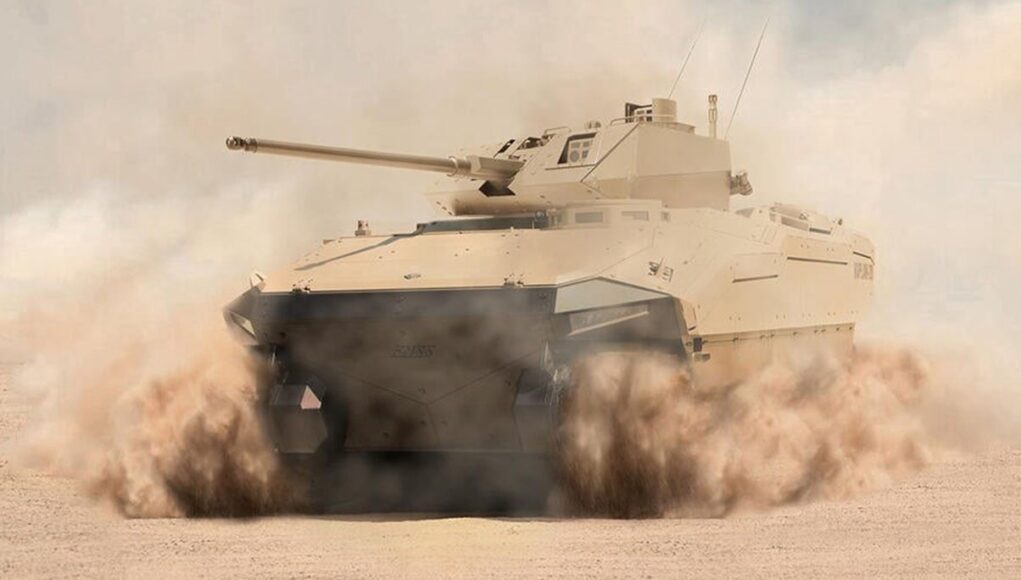
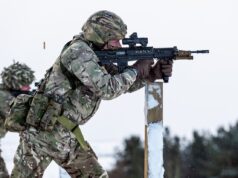
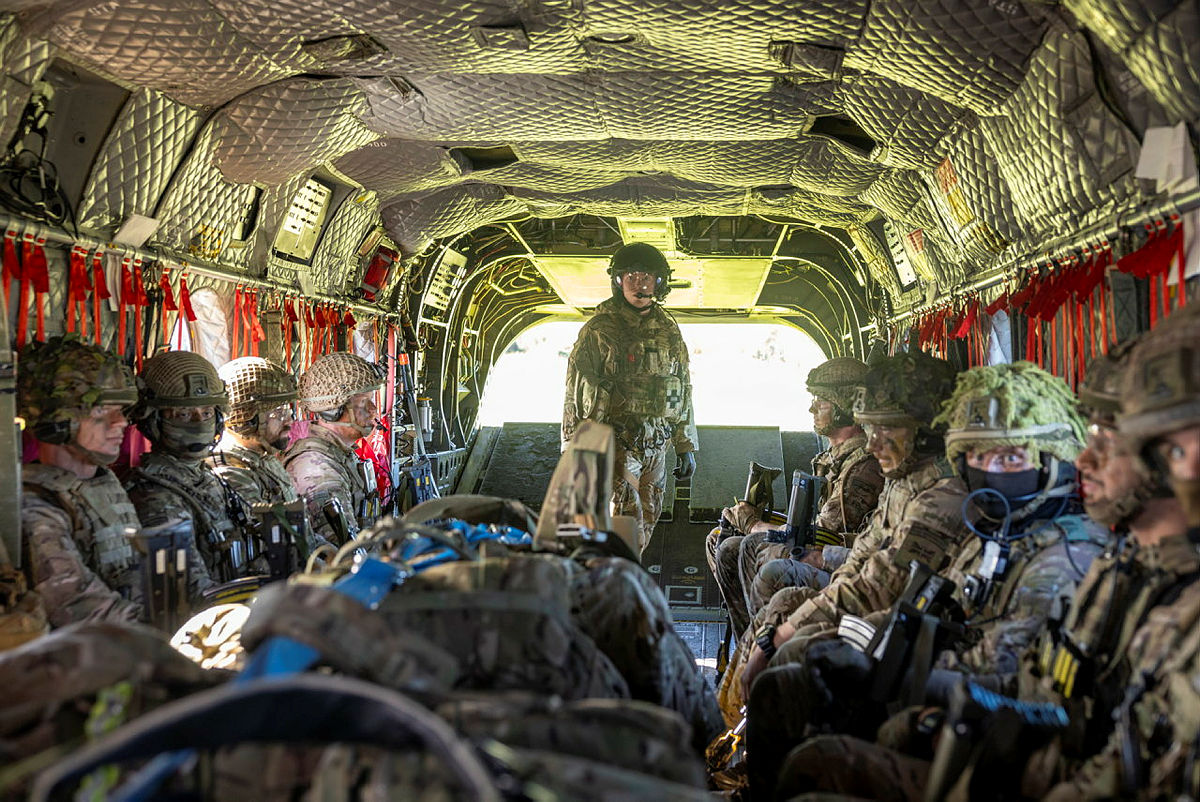
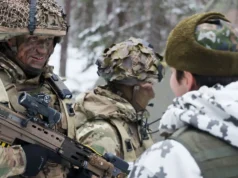




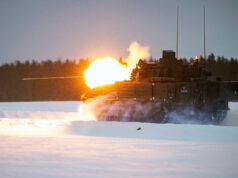



Foe some strange reason that picture screams ‘ Sherman Tank ‘ at me !.